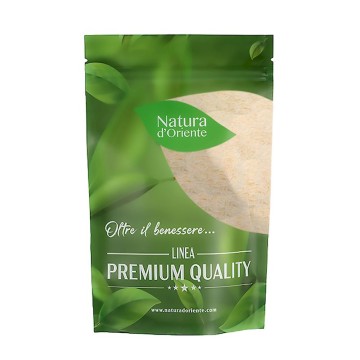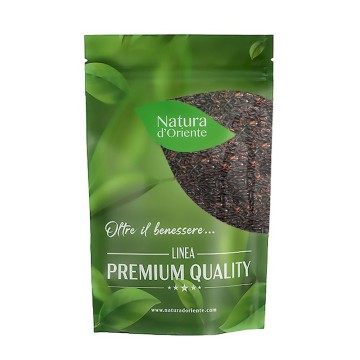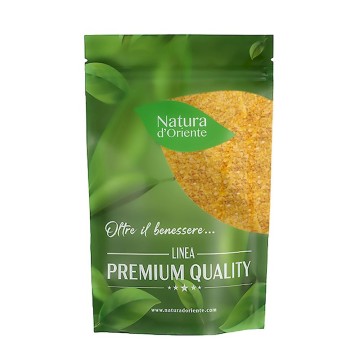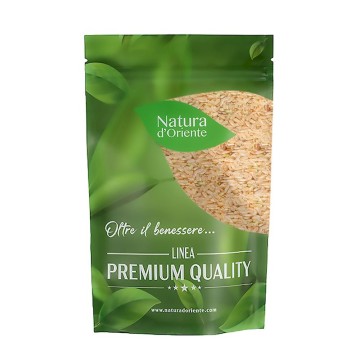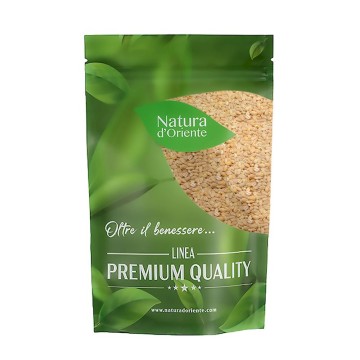Red quinoa: description and benefits:
Quinoa (Chenopodium quinoa) is a herbaceous plant from which edible grains are obtained that we can use for our diet as if they were cereals. It is a pseudo cereal that is truly rich in properties and offers various benefits to those who consume it with a certain regularity. In fact, unlike cereals and legumes, it contains all 8 essential amino acids which make it a complete meal. This is a really interesting feature especially for those who follow a vegetarian or vegan diet and are looking for plant-based sources of protein.
Quinoa is gluten-free and celiacs can consider it a truly advantageous food given that quinoa is gluten-free . It is rich in proteins since, unlike cereals, it contains all the essential amino acids. Quinoa is also considered a beneficial food because it contains both proteins and carbohydrates in balanced quantities. Finally, it is also useful for promoting the regular functioning of the intestine.
Origins and history:
Quinoa, classified as a cereal, is actually a herbaceous plant belonging to the same family as spinach and beets, typical of South America, native to the Lake Titicaca area and cultivated in the Andean regions for more than 5000 years. It was defined by the Incas and Mayas as wheat of gold. These populations had understood its notable nutritional properties and more. The Incas considered quinoa a sacred food with supernatural properties. Its grains, similar to those of millet, were the basis of their diet, together with potatoes and corn.
The Spanish conquistadors, in the sixteenth century, prohibited their use, especially to eliminate sacred rituals that were considered sacrilegious and to destroy the culture of these Andean warriors.
Each peasant family, however, saved the seeds secretly and maintained the traditions over time, allowing quinoa to resist the invader and return after years to the tables of those peoples. Even today it is the staple food of the rural populations of the Andes.
For a few years, quinoa has been re-evaluated and has entered the FAO research programs and the UN has declared 2013 "International Year of Quinoa” (International Year of Quinoa), as a food in the fight against hunger, poverty and malnutrition.
Quinoa, in fact, is used in its parts: in addition to the grains used as cereals, the leaves are they can be eaten raw in salads or cooked like spinach and the stem becomes fodder on farms.
Quinoa resists frost, drought, in places with high salinity and can therefore be cultivated on impervious terrain such as the high altitudes of the Andes, some desert areas with low rainfall or in extreme conditions. Precisely for these reasons, quinoa grows spontaneously with notable adaptability even at 5000 meters above sea level in the Andean cordillera.
On the other hand, quinoa is a safe food as the grains and the flour derived from them are consumed intact. This "ancient" plant, according to the UN, is a manifesto of biodiversity, an ambassador of well-being, nourishment and prosperity. Today it is cultivated in South America, the United States, Europe, Asia and Africa. It is a food with a high nutritional value and is gluten-free, therefore also suitable for allergy sufferers.
Cooking use, red quinoa and asparagus: Ingredients: 320 g of red quinoa; 400 g of boiled and cut asparagus; 2 tablespoons of mustard; 3 tablespoons of extra virgin olive oil.
PREPARATION: Boil the quinoa, drain it and let it cool in a bowl after seasoning it with a tablespoon of extra virgin olive oil. In a bowl, emulsify the mustard with the oil, then add the cooled quinoa and the cut asparagus. Let it rest covered for at least an hour before serving.

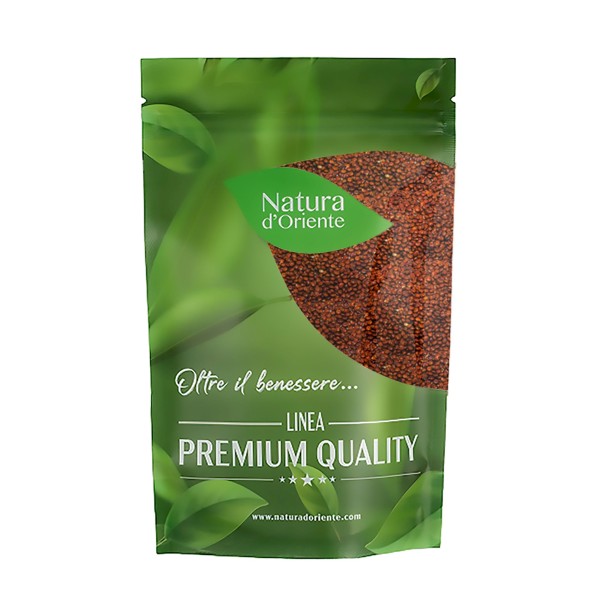







 No reward points for this product.
No reward points for this product.

